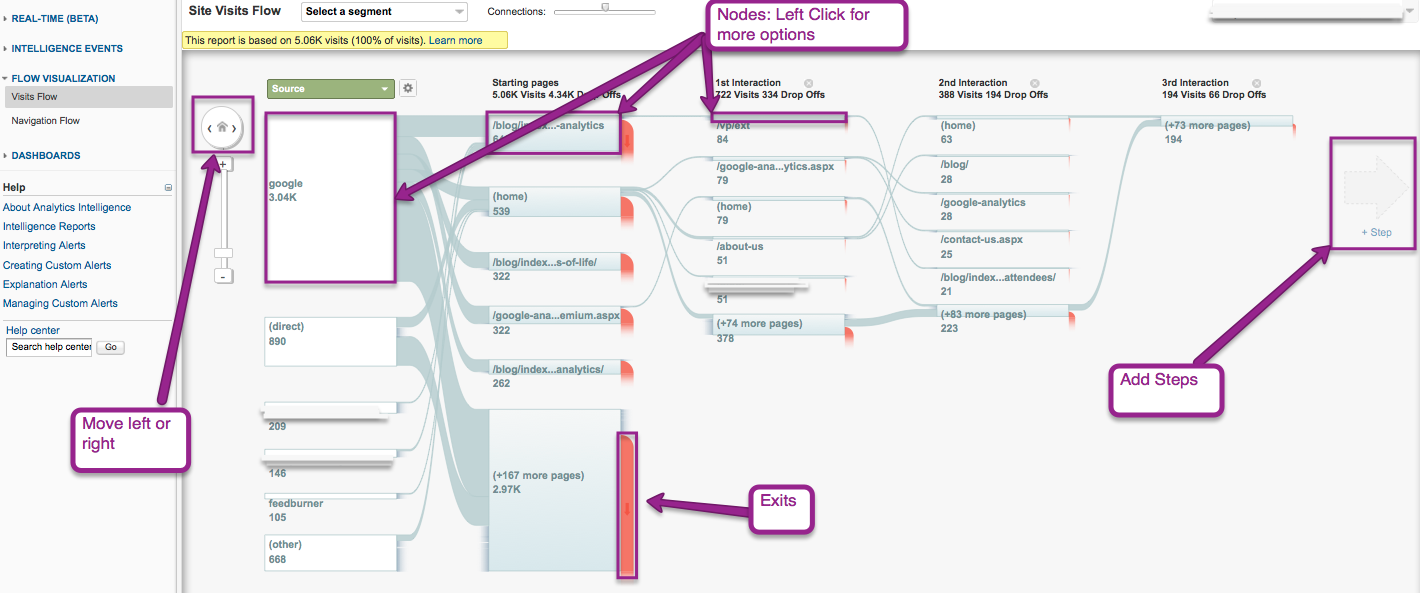Too Many Choices De-motivates Church Buyers
 Competition is a good thing. I am a fan of the free-market system and like that, when organizations compete, the end-user is better served through better products, better design and better prices. What’s not as obvious is when the number of choices leads to decision-making paralysis. The axiom “just because you can doesn’t mean you should” is profound wisdom for the audio, video and lighting market where too much of a good thing is a very bad thing.
Competition is a good thing. I am a fan of the free-market system and like that, when organizations compete, the end-user is better served through better products, better design and better prices. What’s not as obvious is when the number of choices leads to decision-making paralysis. The axiom “just because you can doesn’t mean you should” is profound wisdom for the audio, video and lighting market where too much of a good thing is a very bad thing.
Too Many Choices = No Buying Decision Made
Consumer research shows that the American consumer is suffering from choice fatigue. A study (by Columbia University and Stanford University called “When Choice is Demotivating”) found too many choices actually frustrated buyers; rather than choosing to make a purchase, they chose to not buy anything. Take a look at your product offerings on your website. Manufacturer or reseller, the reality is that it is likely you’re offering too many choices.
I think that manufacturers are looking at what the competition is doing with products far more than what their own line up of options is doing to their own bottom line. Research has shown that when presented with more choices, individuals experience conflict and as a result tend to defer making a decision, search for new alternatives or simply opt not to choose at all.
Your Website Likely Has The Answers
If your website has Google’s Analytics tracking code embedded (and if it doesn’t, you likely need a new website manager), it is possible to see how people are entering your website, navigating your website and where they’re exiting your website. More than that, it tells you the sequential order of how they click through your website and even tells you how long people stay on a particular page. This is not just data, but key insight into what’s working, what’s not and what you should consider doing about it.
Without getting into a technical geek-fest on web analytics, let’s simply focus on two big key indicators: where people start (Which page did they first land on when they enter your site? It’s often not the home page based their search results.) and how many pages they click through before abandoning your site. In there is a helpful little nugget of data known as the Bounce Rate, which tells you what percentage of users left your site from any given page. It’s not uncommon for a higher percentage to bounce off of your home page when they realize that they didn’t come to the place they wanted (even if they were looking for your company; they likely want a more specific result). While not necessarily the most important analytic, the Bounce Rate will give you a very good idea of what was the last thing they looked at before they left.

This kind of insight requires a bit of digging, but it’s pretty easy to understand what’s actually happening as people navigate through your offerings. What you’ll likely find when you have too many options is that people will bounce around within a category without ever clicking on the “buy now” or “find a reseller” link. This is a key indicator that what you’re doing is overwhelming them with too many choices.
I won’t pick on any specific manufacturers or systems integrators here, but it’s fairly common to organize your products within groupings (categories) or by application (where they’re used). Both are helpful, logical choices for navigating, but the bigger key is pre-qualifying the user so that they “discover” their answer in as few clicks as possible. In marketing parlance, this is known as defining the persona – a representation of what you know about your buyers based on their market, position, budget and scope. You can only know so much from a website visit, so the process should be extremely intuitive. Personally, I believe allowing users to “choose their own adventure” is a great option for most product-heavy websites so that they arrive at the right place in a matter of moments.
Simplification by Elimination
A study showed that a comparison of the decision strategies of people presented with three, six or nine options revealed that 21 percent used an elimination strategy when faced with three options; 31 percent used an elimination strategy when faced with six options; a whopping 77 percent used an elimination strategy when confronted with nine options. The key takeaway here is that you should be the one executing your own elimination strategy so the user doesn’t have to!
In other words, when people are given too many choices, they so badly want the decision-making process to end that if they choose at all rather than abandon the process, they will make a choice that is less than satisfactory rather than optimal. In the end, their experience with the product will likely be much lower than their expectations — even when those expectations were built around the superior product choice. As you can imagine, this results in a negative brand perception, which we know people are are more likely to tell others about than the good experiences they have with your products.
Less Is More
Of course, the implication here is that your product strategy road map is likely going to need to be revisited far more than simply re-formatting the layout of your website or how you position products. Following the axiom of “less is more,” what kind of flexibility can be innovated into your products so fewer products can serve more applications? What are you promoting and why are you promoting it? Is it really necessary for the percent of your target audience you need to make purchase decisions? What could you do less of and refocus efforts into R&D and market analysis so that what you develop and position in the future is a better fit with fewer end-user decision steps?
These are the kinds of questions that can shift the innovation trajectory of any manufacturer or dealer wanting to sell more products. They force a peeling back of the complexity layers to understand the root issues of why we’re offering more for the sake of more.
What do you say? Agree? Disagree? Comment below!
I recommend the book The Paradox of Choice: Why More Is Less by Barry Schwartz as excellent analysis and helpful discussion-starters for your team.





